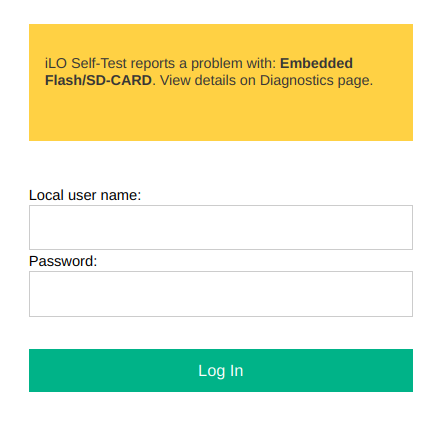Hello!
I'm (kinda) new at self-hosting stuff and have been running off an old gaming PC with 8gb RAM and an i5-3570k and a couple 8tb drives in a raid 1 configuration.
A few weeks (months maybe) ago, I bought a Dell PowerEdge R720XD for a decent price and the only thing it didn't come with is drives. I've got another 8tb drive and will be grabbing one more to do Proxmox with ZFS and do a raidz1 configuration for 24tb of usable space.
The big question I have here is what type/size of SSD should I go with? I currently just have an old 120gb SSD that's running Ubuntu with things like Plex, Kavita, Foundry, and whatever else I'm using on it. A buddy was telling me to use "data center SSDs" due to the amount of work hypervisor tools will do. I've also read other posts from Reddit and similar that mention that consumer-grade SSDs should be just fine but then others point out that if they only have 80-100TBW which means they'll fail quicker, but if they're cheaper than data center or enterprise SSDs then it would still be cheaper.
My plan for Proxmox is basically this:
- ZFS Pool with a raidz1 vdev (made of hard drives) with the goal to expand it eventually
- Plex instance (I'll probably point my cache to the vdev via symlinks because one time I had a 50gb cache when setting up Plex so I don't want to do that again)
- Kavita instance
- Linux instance just for dev work and funsies
- Foundry (D&D tool) instance
- I also run some random website stuff but that'll probably be on the Linux instance. None of it is very big
- HomeAssistant
So with that, are there any things I should consider? Is a pair of $30, 480gb Kingston drives more than plenty? Should I go for some mid-range Microns? Do I find something way more expensive and just eat the cost up front instead of over time? I'm just trying to figure out how I should price it out because I want to get this server up and running so I can steal my old desktop back for other dumb reasons.
Thanks in advance for any help!
Side note, if you have a good way to migrate data where I have to get 4.5tb off my 8tb raid1 group, set up ZFS with those same drives, then put the data back on it, let me know. The current plans are to either piecemeal out the data to all the machines on my network, or just get a 6tb external drive.




